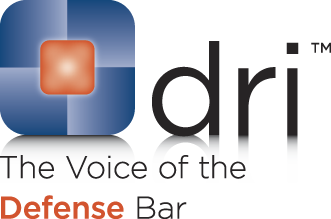In the case of Versatility, Inc. v. Capitol Indemnity. Corp., 2:10-CV-1942 JCM (PAL) slip op. (D. Nev. 2011) the U.S. District Court for Nevada explained that if injuries alleged in an underlying complaint arise from an excluded event, that failure to prevent the injury due to alleged negligent hiring or supervision are not covered either.
Versatility was a drinking establishment. One of its patrons claimed that an employee assaulted him on the premises. The patron sued Versatility alleging intentional torts and negligent hiring / supervision of its employees.
At the time of the incident, Capitol Indemnity Corporation provided commercial liability coverage. However, Capitol refused to defend because the policy excluded coverage for any suit (including one founded on claims of negligence) arising out of or related to any assault, battery, and harmful or offensive contact or threat.
Versatility defended itself against the claims of the injured patron and ultimately prevailed. Versatility then turned around and sued Capitol Indemnity alleging breach of contract and bad faith for its failure to defend that underlying action. It argued that since the claims of assault / battery and negligence were unfounded that this was merely a nuisance suit that should have been defended under the policy.
Capitol Indemnity filed a motion to dismiss the suit. In resolving the motion, the court explained that the outcome of the case was not the determiner as to whether a duty to defend arose. Instead, that decision is made based on the allegations in the Complaint. See UMG Recordings, Inc. v. American Home Assur. Co., 321 F. Appx. 553, 554 (9thCir. 2008); Senteney v. Fire Ins. Exch., 707 P.2d 1149, 1150-51 (Nev. 1985) (stating the court will not increase an obligation to the insured where such was intentionally and unambiguously limited by the parties) (citation omitted). There was a specific assault and battery exclusion in the policy. Thus the court explained that because there was no coverage for the intentional torts that no duty to defend arose as to those claims.
As to the causes of action based in negligence the court said:
With regard to the underlying suit, the patron’s negligence claims arose out of the alleged battery and assault damages that occurred between the patron and employee. The patron’s negligence claim in his complaint states that “[patron]suffered injury to his body, and [experienced] severe pain and suffering,” which occurred because of the “attack” by the employee (doc. #6-1). This claim is not independent of the alleged battery or assault. See Hernandez v. First Financial Ins. Co., 802 P.2d 1278 (Nev. 1990); Capitol Indem. Corp. v. Blazer, 51 F. Supp.2d 1080, 1087 (D. Nev. 1999) (stating for a claim or injury to “arise out of” an assault and battery, a causal connection must be established – a court must look to the resulting injuries which give rise to the claim against the insured).
By examining the underlying complaint, the court found that the injuries suffered from the alleged negligent hiring / supervision arose out of and were causally connected to the alleged assault. Thus there was no coverage for those claims either. The court dismissed Versatility’s suit.
Lesson learned is that to determine if there is a duty to defend, must one compare the policy and the pleadings. If the alleged injuries arise from an excluded activity, then any cause of action giving rise to those same injuries are not covered either.
 Follow
Follow Email
Email


